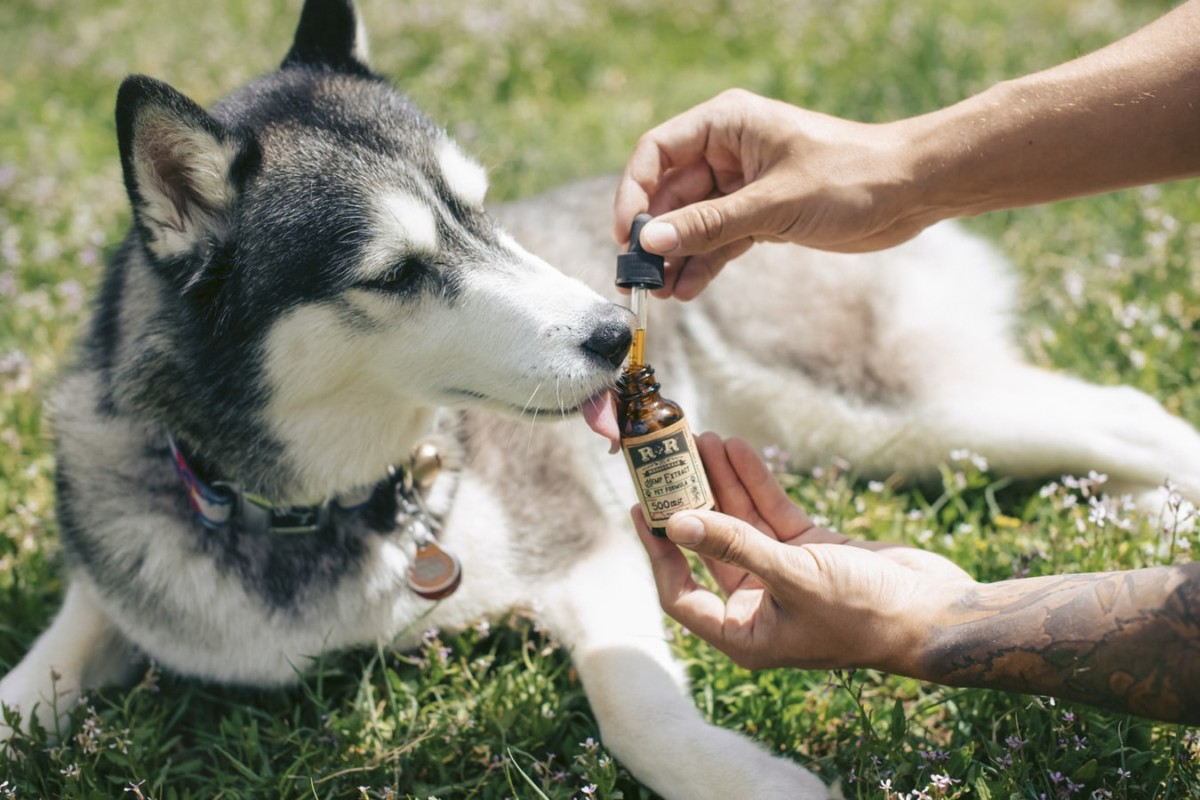We often say our dogs are part of our family, which is probably why the pet wellness industry is worth a staggering $26 BILLION in the U.S. alone. We want to take care of our furry companions, and ensure they live happy, healthy lives. So it’s no surprise that the latest craze in the industry is the use of CBD (and THC) for pets.
Now, this might be hard to swallow for some dog owners who swear up and down that CBD is a canine cure-all, but the fact is that there haven’t been many studies into what – if any – effect CBD has on dogs. These studies are huge, costly undertakings, and when it comes to the industry being white-hot right now, people will spend enormous amounts of money on an as-of-yet unproven medicine. This isn’t to say that CBD can’t provide all kinds of benefits to old Rover, but the fact is that right now we just can’t know.
– Currently there’s positive evidence that CBD can help with:
– Severity and frequency of seizures
– Lack of appetite
– Anxiety (or general hyperness)
– Arthritis
Now, this all isn’t to say that you shouldn’t try CBD to alleviate your pet’s suffering or discomfort, but rather that there are steps and considerations you can take to ensure that the care your providing for your pet is done smartly and safely.
Don’t Price Shop:
The number one rule of CBD products is that you get what you pay for. It the price is too good to be true, it probably is.
Liquid CBD is Best: This is far and away the easiest way to administer CBD to your dog, simple place the desired dose in his food/water.
Look for Third-Party Lab Testing: a high quality product will make it known that they use third-party labs for testing. This is the best – and most impartial way – to ensure that the product is of a controlled quality and potency.
It Doesn’t Need to Say ‘Dog’ on the Label: yes, there are a myriad of products targeted at pets, but in the end the CBD is the same. Provided you know the dosage you want to give, a CBD product marketed towards humans is perfectly fine for your dog. In fact, you might find that pet-oriented products are often a good deal more costly.
Determine The Dose:
Now, when it comes to this, you won’t find a handy dosing chart here. We’re not veterinarians, and like people, every dog is different. We can provide you with some tips though:
Above, we suggested only using liquid CBD. Part of this is because using a marked dropper to administer the dose gives you the biggest level of control. Being able to dose in units as small as .25ml allows you to work your way up until you see results. Cutting up a CBD pet treat with a kitchen knife is a recipe (no pun intended) for inconsistent dosing.
Always start at the smallest dose possible, maintain it for a week, then increase it slightly.
Always administer the dose at the same time every day. Like many medicines, once CBD is taken with regularity it is maintained in the body. To ensure a consistent experience, it’s essential that you dog gets its medicine on a consistent schedule.
Document It:
Keep a journal of your dog before and for several days if you decide to use a CBD product. This will help you decide whether it’s having a positive effect. Better still, record video of your dog to document their progress, or lack thereof (this will help you overcome the flaws of human memory). Or ask your friends/family whether they’ve noticed any difference in your dog without telling them that you’ve been giving your dog CBD (the closest you’ll get to a blind study).
Be Patient: It can take up to 4-weeks for your dog to adapt to cbd, for you to find the right dose, and for the true benefits to become apparent. This waiting can be hard, but it’s important that you don’t become impatient and begin ramping up dosages or switching products in an effort to see more concrete results. When it comes to your dog’s health and CBD, slow and steady wins the race.

